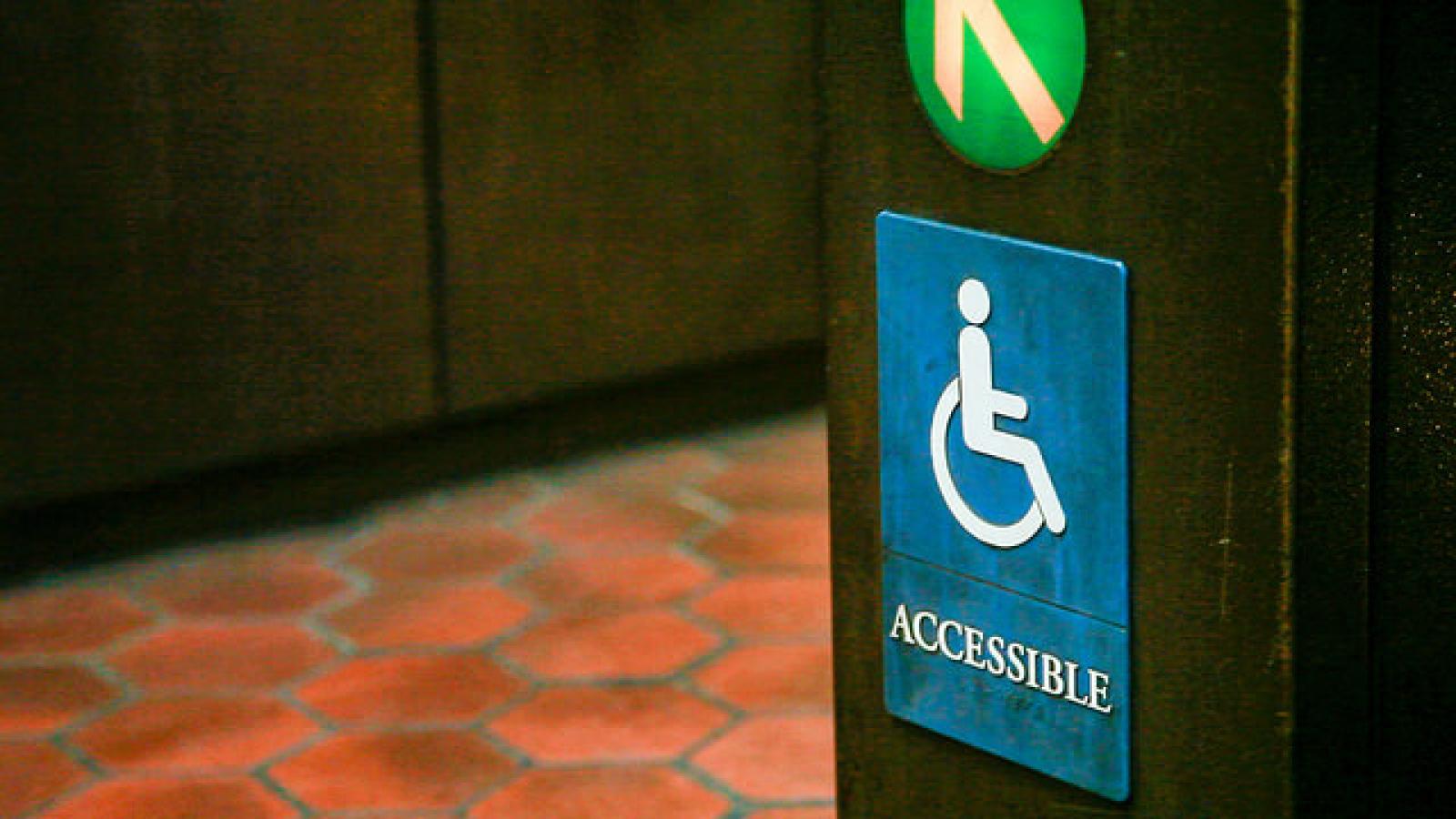Design As A Civil Right

When we think of good design, we might think of pleasing aesthetics or functional utility. Rarely, however, do we associate design with civil rights. And yet for someone in a wheelchair, “the courthouse steps meant that you weren't equal in the halls of justice. The school steps—you couldn't really get any school education,” said Valerie Fletcher, executive director of the Institute for Human-Centered Design in Boston. “Bigotry can be designed into the environment as well as equity.”
Until 40 years ago, it was taken for granted that those with physical or mental disabilities would have limited professional and educational opportunities—this was considered a byproduct of having a disability. It wasn’t until Section 504 of the 1973 Rehabilitation Act was passed however that these limitations were deemed a consequence of discrimination and prejudice rather than of any inherent aspect of disability itself. It was a watershed moment that marked “the first time it was understood that accessible design was a civil right,” said Fletcher. “The idea that a diagnosis is a determinant has been proven wrong over and over again.”
Section 504 ultimately paved the way for the Americans with Disabilities Act in 1990, whose upcoming 25th anniversary we celebrated in our most recent issue of NEA Arts. Since then, our understanding of disability and its relationship with design has continued to evolve and become more nuanced. For instance, how can we adjust classroom lighting and noise levels to benefit children with learning disabilities? How can home design improve the sense of security among returning veterans with post-traumatic stress disorder? How can web design ensure equal access to information technology?
In the coming years, Fletcher expects accessible design to take on an even more pressing role as the global population continues to age. “We live longer and survive more than at any time in human history,” Fletcher said. “Though plenty of cause for celebration, it also means that functional limitation is part of the reality of the 21st century.”
The World Health Organization estimates that by 2050, there will be two billion people worldwide over age 60. With this will come increases in physical and cognitive limitations, including dementia, low vision, and loss of mobility. Although this shift in demographics promises to alter various social systems, including family structure and healthcare, Fletcher said that design has the potential to create solutions and build new possibilities.
“We want to live out our lives, and we want to constantly blossom as who we are,” she said. “We have an opportunity to think about the role of design in minimizing our limitations and making the most of our abilities and our appetites and interests.”
Learn more: Read how architect Michael Graves used design to create healthcare solutions.




